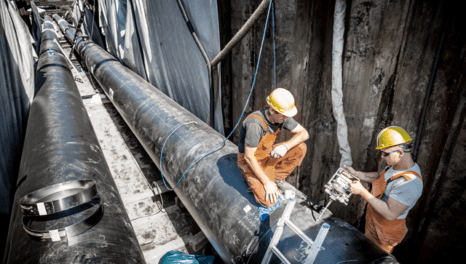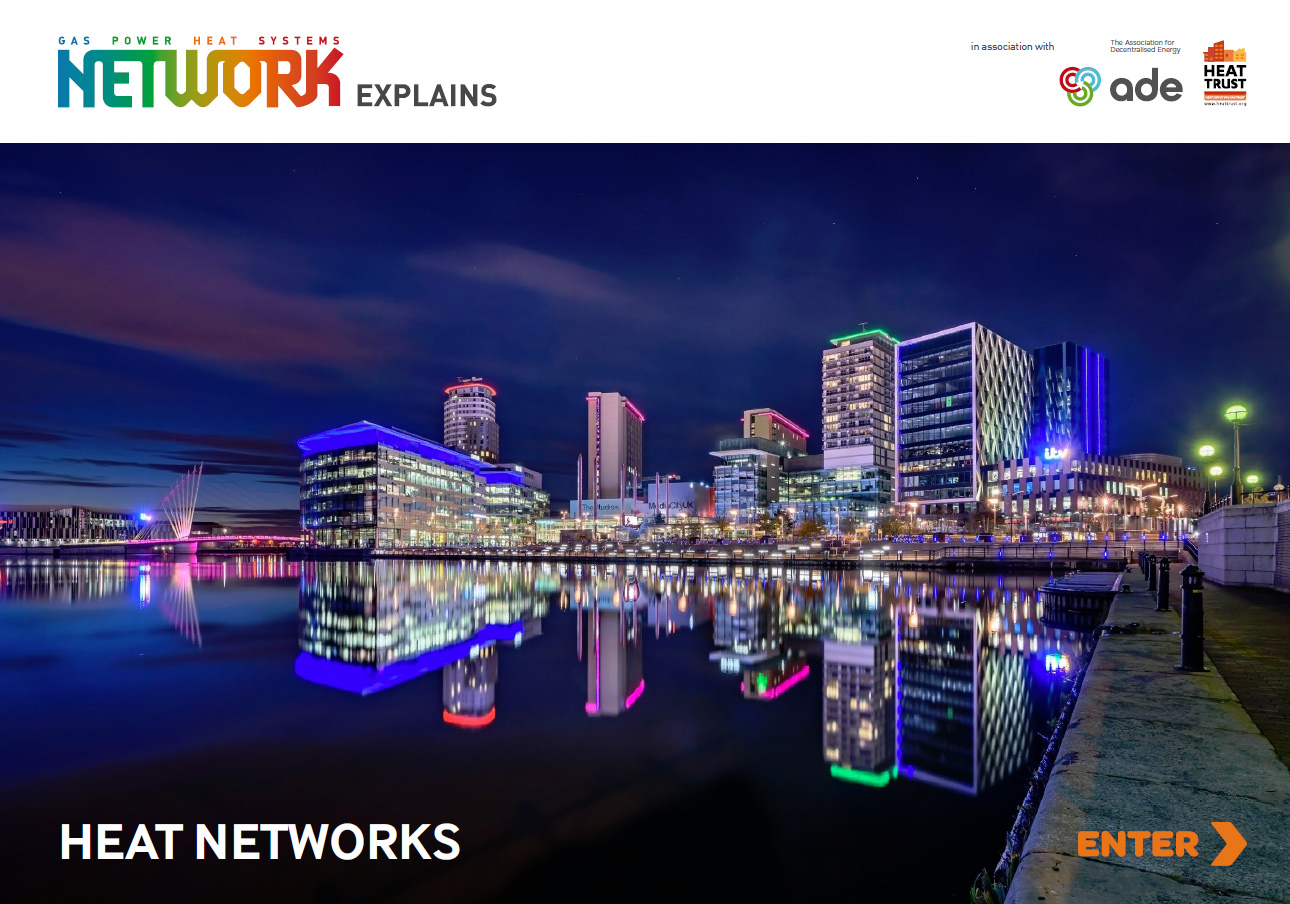Heat networks: the post-Brexit energy solution?
“Energy security” and “independence” are already becoming buzzwords in the post-Brexit era, says Gareth Jones as he explores the future of the UK energy market and the role heat networks might play.
15th August 2016 by Networks

The energy landscape is now far different to how it was just a couple of months ago.
The landmark Brexit vote, a change of the guard at Westminster and now the delayed decision on Hinkley Point have left a trail of indecision and uncertainty in the market. Many are now asking what the future holds for the UK energy sector.
“It is likely that house building will slow as the economic impact of Brexit bites, which will have a direct impact as house building has been the primary driver of new heat networks.”
This current climate of indecision will almost certainly impact current and future projects. From an investment perspective, uncertainty means that higher returns are required for capital projects – ultimately leading to a higher cost of investment for energy projects.
This increased cost of infrastructure investment is likely to be the single biggest impact of the current political situation and, given the major investment required over the next decade, this is a major issue that cannot be ignored for long.
In the short term we can rest assured that Brexit will have little immediate impact on supply. Oil and gas are global commodities and are priced as such and we benefit from security of supply, with three gas interconnectors and LNG import terminals. But it is clear that the UK will be pushing to become much less reliant on other countries for its energy security.
So looking forward, what are the key themes going to be for the energy industry?
The first obvious point is one of independence, “standing on our own two feet”, with energy security also likely to be a key policy driver over the next year.
We can presume that there will be a push toward technologies where there is less reliance on external supply. However, which technology the government will choose to champion remains unclear.
The Brexit crowd (predominantly outside the urban centres) are unlikely to allow a resurgence of onshore wind and the fractious ex-urban UK population is even less prepared to allow fracking to happen in their communities – even with the potential of £10,000 in payments per household announced last month. Even George Osborne’s pet project – Hinkley Point – is under a cloud of uncertainty. As Greg Clark says, the government will “consider carefully” before backing the project.
Given an increase in the cost of infrastructure investment, expect to see energy efficiency and resource management move up the agenda. “Doing more with less” is likely to become an increasingly important theme.
In this context, the ADE’s recent paper on Demand Side Response, is extremely timely and it is likely that the assessment that the UK could make do with six fewer power plants has already been noted and banked in Westminster.
Of course, all the discussion to date has been about electricity.
Heat currently represents 44% of UK energy by end use, compared with 7% for lights and appliances, and the great majority of that heat is generated using imported gas (indeed, the UK uses 675 TWh of gas for heat compared to 350 TWh for electricity).
Heat continues to be the elephant in the room, but it is clear that resolving the energy security and independence issue for heat is fundamental to the longer term energy strategy.
So what’s the solution for heat?
Heat networks offer a neat solution in that they allow us to hedge our bets and kick the can further down the road.
In the short term they fit nicely with the “do more with less” mantra, in that they can be linked to power generation with Combined Heat and Power (CHP).
Longer term, they enable diversification of heat supply – once we have decided which technologies we want to use – thereby increasing energy security.
Unfortunately, they are also are hampered by the fact they require significant infrastructure investment and have long delivery timescales – difficult in an uncertain climate. It is also likely that house building will slow as the economic impact of Brexit bites, which will have a direct impact as house building has been the primary driver of new heat networks.
Clearly if heat networks are the solution, they are going to require some support and TLC to flourish in this new environment.
Last year the government promised £320 million to help kick-start the heat network industry, which will help to bridge the viability gap for a number of projects. However, it is a relatively small sum given what is at stake and pales into insignificance compared to the investments being considered for the nuclear industry. As set out by the ADE, there are also some fundamental regulatory barriers to wide scale role out and adoption of heat networks.
As we move into the post-Brexit era the government will need to take moves to ease the impact of the uncertain environment on energy infrastructure development. In particular, quick action is required to ensure that there isn’t a loss of momentum for heat networks.
Comments
Login on register to comment
Related content

Heat
Electric storage heating – a Cinderella solution
Why has electric storage heating been overlooked as we seek to tackle decarbonising domestic heat?

Heat
Prospects bright for landmark East London Heat Network
New Vattenfall-Cory partnership marks step towards record-breaking heat network capable of serving over 10,000 homes

Heat
New construction director at Switch2 Energy
Appointee brings experience from Vattenfall and Eon
Related supplier content

Heat
How E.ON. is helping the City of London become a zero emissions city
Discover Citigen. Deep in the heart of our bustling capital

Gas
Zero Harm supplement
'31.2 million working days were lost to work-related illness and workplace injury between 2016 and 2017' *(Health and Safety Executive)

Gas
Network explains heat networks
Commonplace in Europe and gaining in popularity here